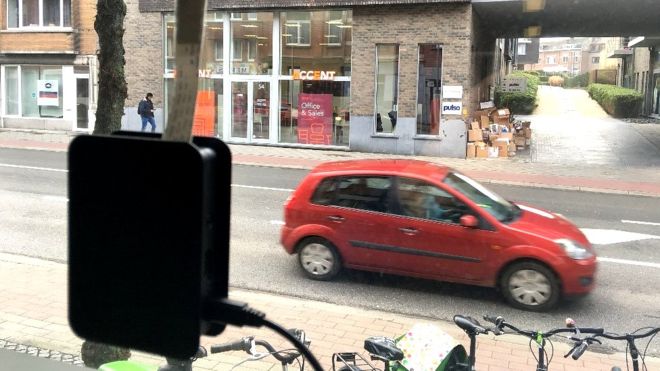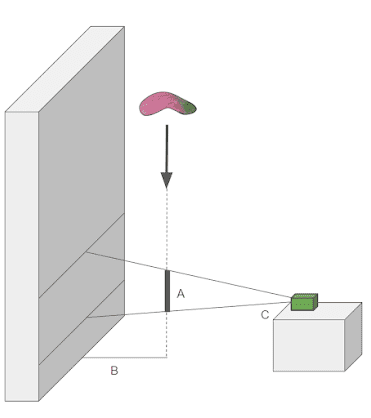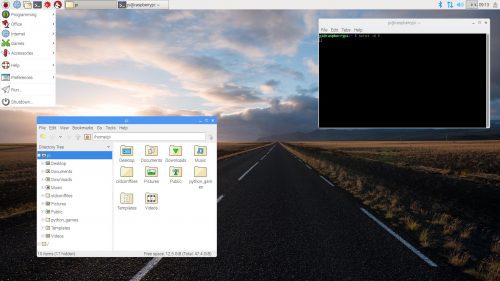Schlagwort: citizen science
-

Help medical research with folding@home
Reading Time: 3 minutesDid you know: the first machine to break the exaflop barrier (one quintillion floating‑point operations per second) wasn’t a huge dedicated IBM supercomputer, but a bunch of interconnected PCs with ordinary CPUs and gaming GPUs. With that in mind, welcome to the [email protected] project, which is targeting its enormous power at COVID-19…
-

Citizen science traffic monitoring with Raspberry Pi
Reading Time: 2 minutesHomes in Madrid, Dublin, Cardiff, Ljubljana, and Leuven are participating in the Citizens Observing UrbaN Transport (WeCount) project, a European Commission–funded research project investigating sustainable economic growth. 1,500 Raspberry Pi traffic sensors will be distributed to homes in the five cities to gather data on traffic conditions. Every hour, the devices will…
-

Exploring the interface of ecology, mathematics, and digital making | Hello World #11
Reading Time: 5 minutesIn Hello World issue 11, Pen Holland and Sarah Wyse discuss how educators and students can get closer to the natural world while honing maths and computing skills. Using a Raspberry Pi, you too can join this citizen science collaboration. Connectedness to nature as measured by the Nature Connection Index is currently the lowest…
-

From HackSpace mag issue 14: DIY Geiger counters
Reading Time: 4 minutesIn HackSpace magazine issue 14, out today, Cameron Norris writes about how citizen scientists at Tokyo Hackerspace took on the Fukushima nuclear disaster. Safecast is an independent citizen science project that emerged in the wake of the Fukushima nuclear disaster to provide accurate, unbiased, and credible data on radiation exposure in Japan. On…
-

I feel the earth move under my feet (in Michigan)
Reading Time: 2 minutesThe University of Michigan is home to the largest stadium in the USA (the second-largest in the world!). So what better place to test for spectator-induced seismic activity than The Big House? The Michigan Shake University of Michigan geology professor Ben van der Pluijm decided to make waves by measuring the seismic…
-

HackSpace magazine 10: build a drone
Reading Time: 3 minutesIf you’re a subscriber to HackSpace magazine you’ll already know all about issue 10. For the rest of you who’ve yet to subscribe, issue 10 is out today! Build a drone Ever since Icarus flew too close to the sun, man has dreamed of flight. Thanks to brushless motors, cheaper batteries than…
-

Continued: the answers to your questions for Eben Upton
Reading Time: 8 minutesLast week, we shared the first half of our Q&A with Raspberry Pi Trading CEO and Raspberry Pi creator Eben Upton. Today we follow up with all your other questions, including your expectations for a Raspberry Pi 4, Eben’s dream add-ons, and whether we really could go smaller than the Zero. Live…






